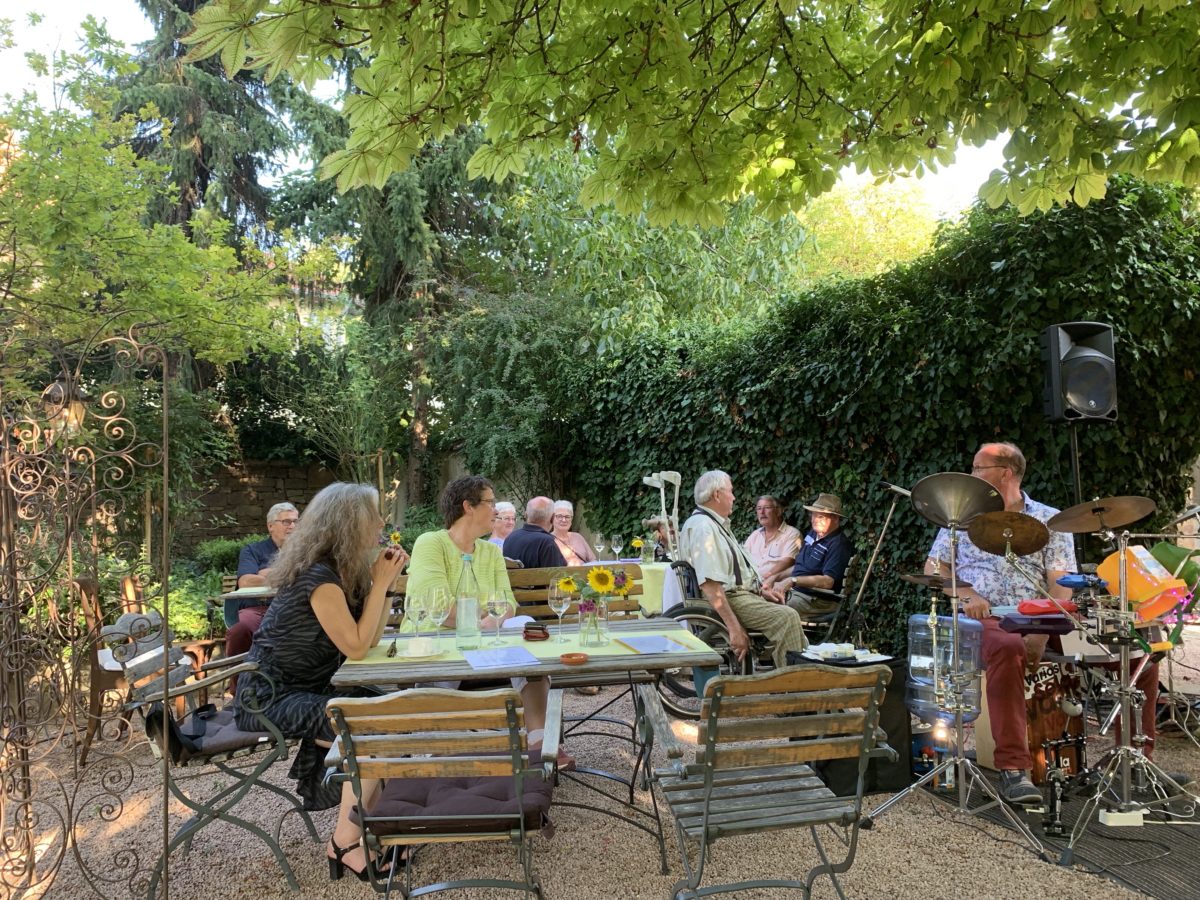I recently traveled with fourteen wine journalists and industry professionals to Rheinhessen Germany, one of my favorite wine regions in Germany!
We soaked up Weingut Wagner-Stempel (wine festival in Siefersheim), attended a master workshop on the “Top Terroirs of Rheinhessen”, indulged in pinot noir tasting with local producers, along with other pleasant vinous, gastronomic and cultural surprises. The five-day program also took us to wineries in and around the heart of the region. We were in the accompaniment of Ulrike Lenhardt and Ernst Buscher of The German Wine Institute, and Romana Echensperger, MW.
The following day we attended Winzerkeller Ingelheim to attend a Pinot Noir tasting with local producers.
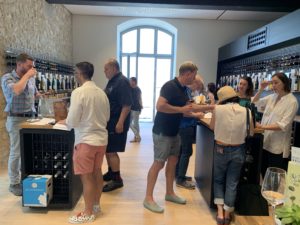
This historic building epitomized Ingelheim’s history as the “red wine town”. Winzerkeller Ingelheim has just finished a three-year renovation project and we were lucky to visit it, upon its completion! Winzerkeller Ingelheim is not only home to a local vinotheque of 24 Ingelheim winegrowers, it’s also a distillery, restaurant, and a tourist information center.
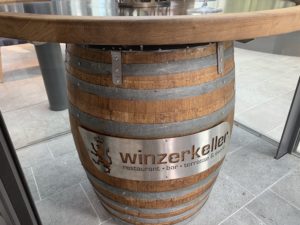
We participated in a Pinot Noir tasting with the following wineries:
- Weingut Adams – www.adamswein.de
- Weingut Bettenheimer – www.weingut-bettenheimer.de
- Weingut Dautermann – www.dautermannwein.de
- Weingut Neuss – www.weingut-neus.de
Winzerkeller Ingelheim website: www.ingelheimer-winzerkeller.de
Next on our visit was the wine festival in Siefersheim “Tage der offenen Weinkeller”. Here we visited local wine cellars, tasted regional culinary specialties, and sipped some wonderful Rieslings.
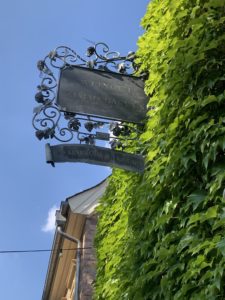
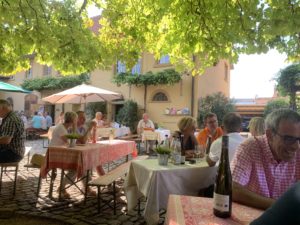
Where is Siefersheim?
Siefersheim is a village southwest of Bad Kreuznach, in Rheinhessen This quaint village has a population of 1,300 and it lends its name to a number of vineyards, two of which, Heerkretz and Höllberg, are highly regarded sites with VDP classifications. Of the district’s 628 hectares, 172 ha are under vine, with Riesling occupying the bulk of the vineyards.
On our next stop we visited Weingut Thörle, which is in the village of Saulheim. Saulheim is located in the north-eastern fringes of Rheinhessen. Thörle is a family-run estate since the 16th century and is regarded as one of the best producers in the region.
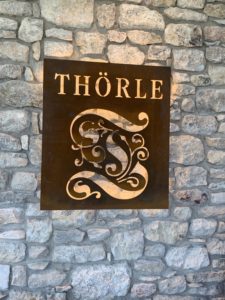
Now leading the winery are two brothers Christoph and Johannes. They tell us that their focus is mainly on Riesling, Silvaner, Pinot Noir and Pinot Blanc. The vineyards are managed organically, and the estate has taken a biodynamic direction. The Soils are also varied with light clay, limestone, red sandy loam with some flint and schist. In our conversation, we learn that they obtain their distinctive, sappy Riesling characteristics and delicate Pinot Noir from the calcareous limestone-soils of Saulheim’s single vineyards Hölle, Schlossberg and Probstey.
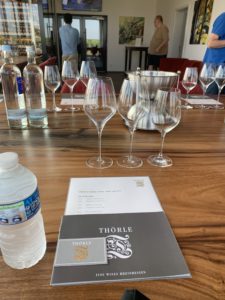
Their wines are full of character, possess a depth of flavor and boast a high potential for maturing. Thörle’s wines have received international acclaim by leading wine guides and critics, as well as been selected by first-class airline wine programs.
Weingut Thörle website: http://www.thoerle-wein.de
At the end of the day, we attended a grand tasting at Weingut Hoffmann and Weingut Willems-Willems Estate.
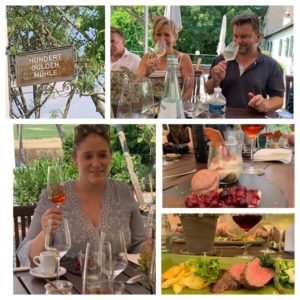
Weingut Hofmann is jointly led and owned by the winemaker couple Jürgen Hofmann and Carolin Hofmann. This couple have taken over their families’ wine estates, Jürgen in 1999, and Carolin in 2001. Since 2006, both wineries have come under one roof, hence the two names: Weingut Hofmann in Weingut Willems-Willems.
Weingut Hofmann was founded in 1971 in Appenheim, when Jürgen’s parents converted their mixed agricultural operation into a winery Jürgen pushed winemaking at Weingut Hofmann to new levels, by investing into new wine cellar equipment, focusing on the best vineyards, and planting new grape varieties, as well as built an ultra-modern winery including a tasting room.mHofmann’s 14 hectares. vineyards are limestone based.
Jurgen produces Riesling as well as Sauvignon Blanc, Pinot Noir and Silvaner. His Rieslings and Sauvignons that really wowed me. The limestone dominated soils surrounding Appenheim in his Riesling burst with stony spice and minerality. Aromas of dried apricots and exotic spice dance hand in hand in a racy yet breathtakingly elegant tango.
Jurgen’s Sauvignon Blanc grapes are harvested sequentially from multiple sites (as each vineyard reaches its own optimal ripeness). Tasting notes include notes of gooseberry, elderberry, and green asparagus blend with a tropical breeze reminiscent of the variety’s origins.
Weingut Hoffmann and Weingut Willems-Willems Estate website: www.schiefer-trifft-muschelkalk.de

